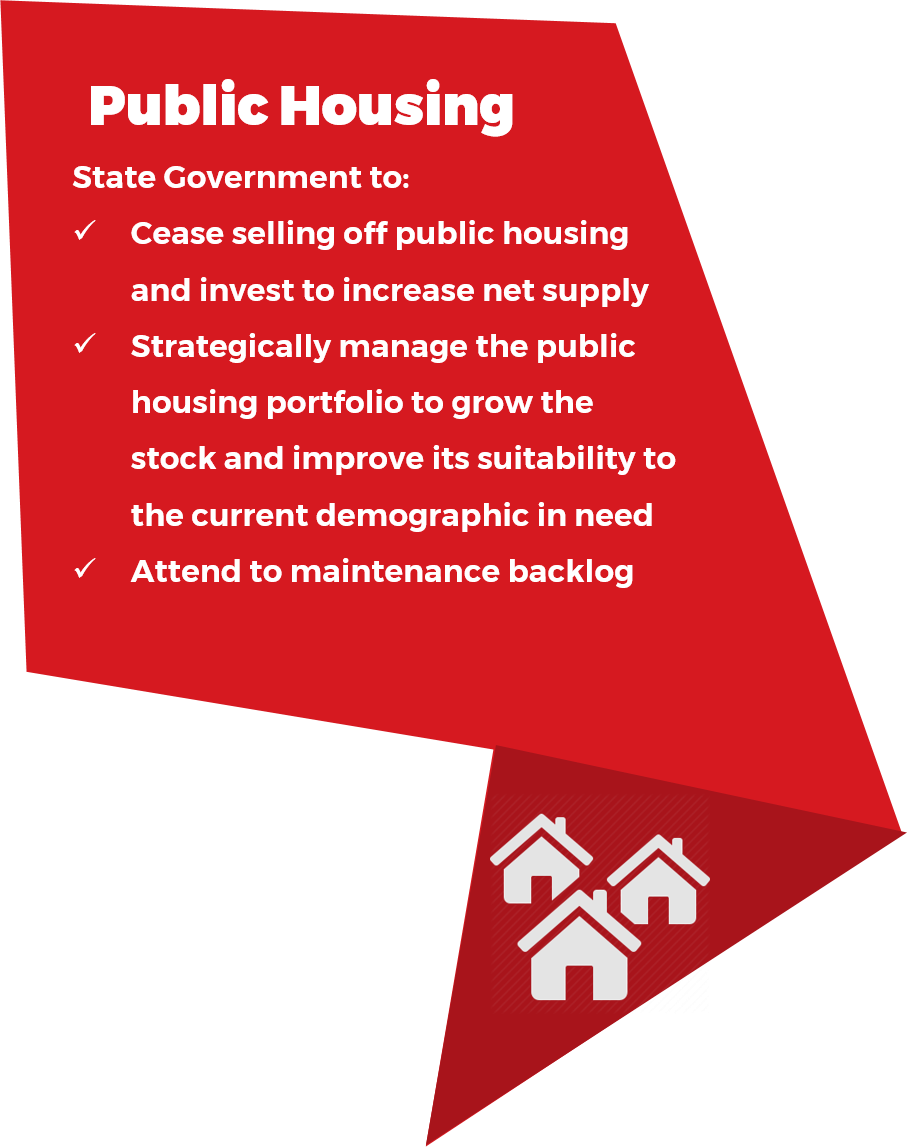


State Housing Strategy
South Australia now has a State housing strategy, Our Housing Future. However we would still like to see a comprehensive investment to increase the net supply of social housing, and one that addresses improvements to inclusionary zoning, stamp duty and planning to effect better affordability in the private rental and home ownership markets for people living on low incomes.
Inclusionary Zoning – should be mandatory and increased to between 30 and 50% for social and affordable housing, and State Government provided incentives for developers and landowners to achieve targets.
The planning system should require stakeholder engagement prior to design and submission for approval, to routinely include social and affordable housing outcomes.
Home Ownership
Home ownership is out of the financial reach of growing numbers of people living on low incomes, and Shelter SA recommends the following to better assist those to access the private market.
The price point of housing sold through HomeSeekerSA (formerly the Affordable Homes Program) is financially out of reach of people living on low incomes. The program is too small to make a difference, it is marketed poorly and homes need to stay on the platform for longer than 30 days to allow time for people to seek finance.
The First Home Owners Grant inflates house prices and should be discontinued.
People living on low incomes do not qualify to borrow enough money to purchase a home at the upper price point of HomeSeekerSA, and deposits are too large to achieve, so alternative finance products are required to make home ownership and/or equity possible. The bottom household income quintile of approximately $30,000 per annum could potentially borrow $190,000 (if there are no other debts) from Homestart and would need a deposit of $22,386 which could be reduced if they are eligible for the interest free deposit loan from State Government.
South Australia has the highest stamp duty in Australia and it should be replaced with a broad land tax.
Private Rental
People living on low incomes in the private rental market are a group of people experiencing the greatest financial hardship.
Continue with the State Government private rental assistance program, to provide bond guarantees for people living on low incomes to assist them to attain private rental.
State Government private rental liaison officer roles are critical to assist people living on low incomes to access private rental.
Renting with pets must become standard practice.
South Australia is lagging behind when it comes to private renter advice and advocacy.
Public Housing
South Australia has lost more than 20k public housing properties over the last 20 years, has more than 20k people on the waiting list and there are more than 20k South Australians receiving homelessness services every 12 months. For households in the bottom household income quintile (< $30,000) there are no affordable private rental dwellings in the State and the gap between an income-based rent, at 30% of household income, and private rental, is too great to be affordable.
State Government to cease selling off public housing and invest to increase net supply.
Strategically manage the public housing portfolio to grow the stock and improve its suitability to the current demographic in need.
Attend to the maintenance backlog.
Rooming Housing
Better protections are required for rooming house residents living on low incomes – as identified during our Rooming House research project and recommendations contained in our report.
National Policies
Please view National Shelter's National policy platform.
